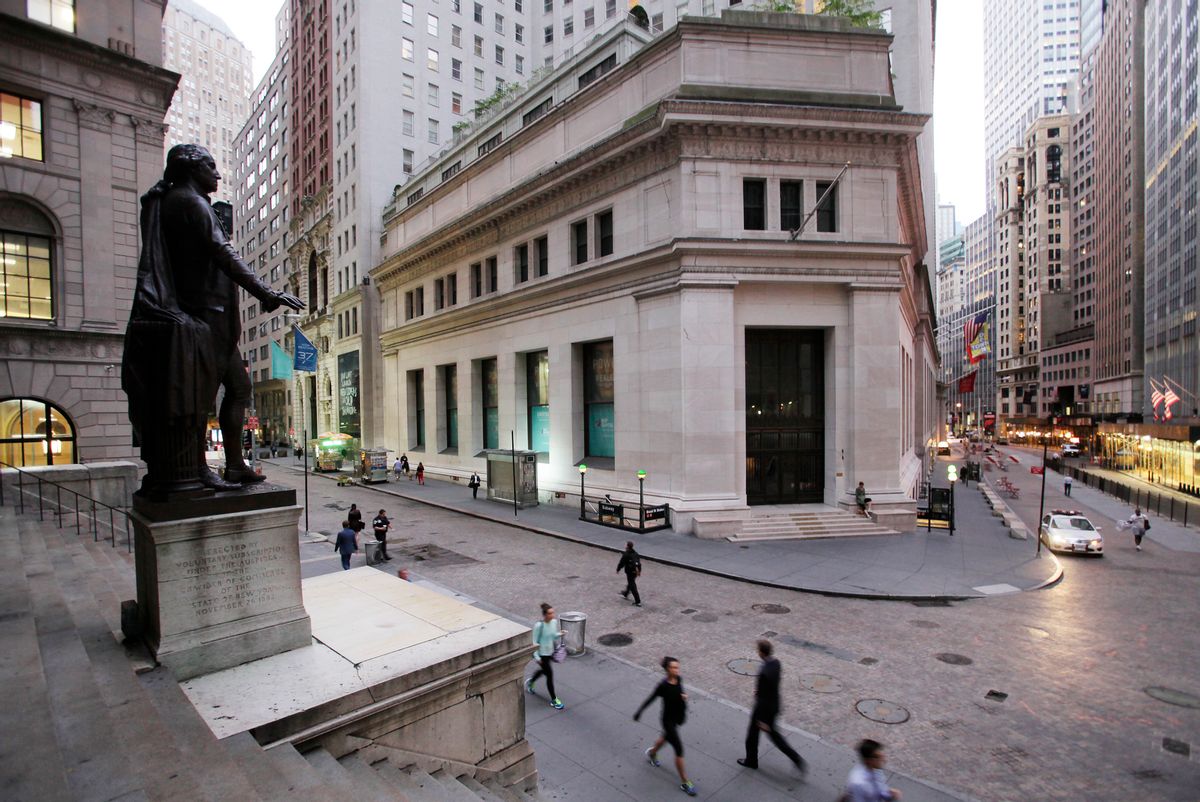The financial world was hit on Wednesday with a major new red flag about a potential recession that sent stock market futures tumbling downward.
As Bloomberg reports, the yield on the ten-year U.S. Treasury bond has dropped below the yield of the two-year U.S. Treasury bond for the first time since 2007, which many market observers say is a leading indicator of a coming recession.
Yields on ten-year bonds are usually higher than yields on two-year bonds because there is greater risk involved in investing in a long-term bond, which means investors in those bonds demand higher payouts than investors in short-term bonds.
But when the so-called yield curve inverts — that is, when ten-year bonds actually pay less than two-year bonds — it is seen as a sign that investors believe there are significant risks to the economy and are flooding their cash into safe harbors.
As for what this means for the U.S. economy as a whole, Bloomberg analyst Joe Wiesenthal writes “the last three times this happened, U.S. recessions soon followed.”
Pre-market trading on Wednesday showed futures of the Dow Jones Industrial Average trending downward by 1.44 percent, with the Nasdaq down by more than 1.5 percent.



Shares